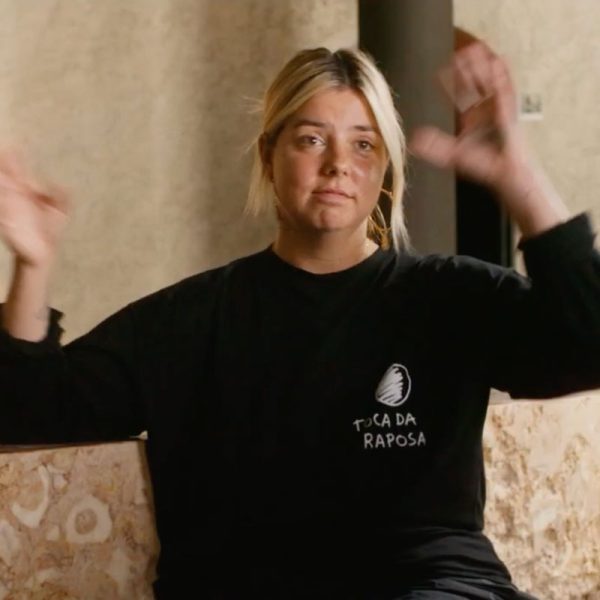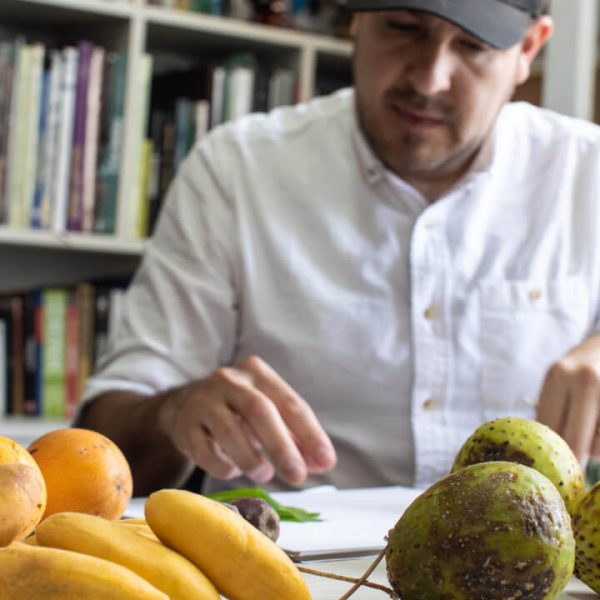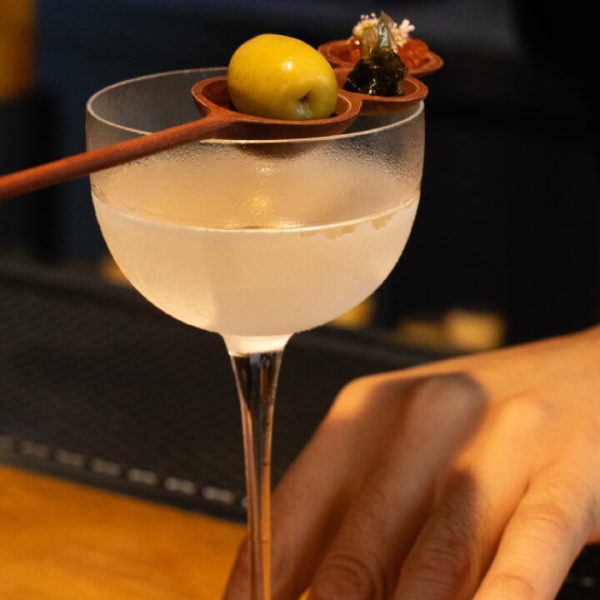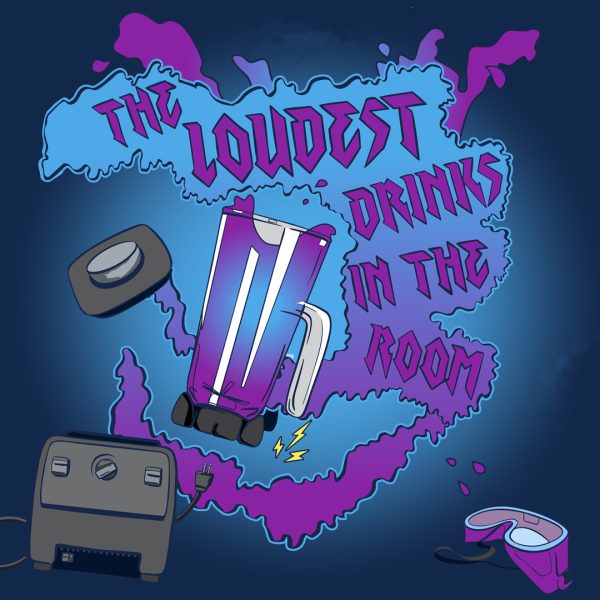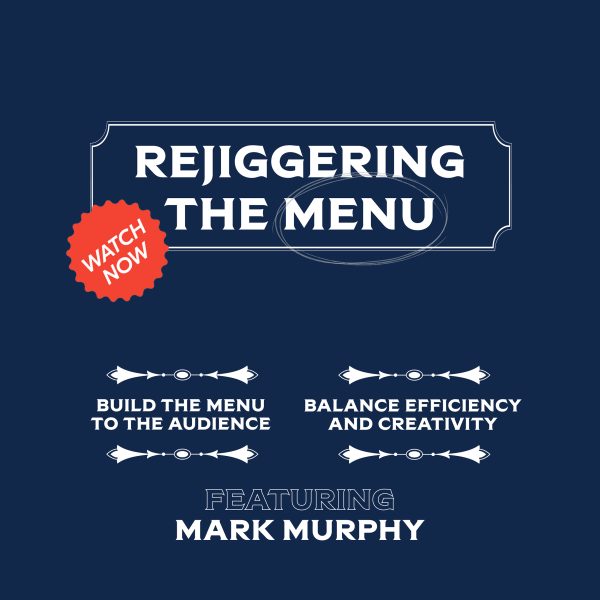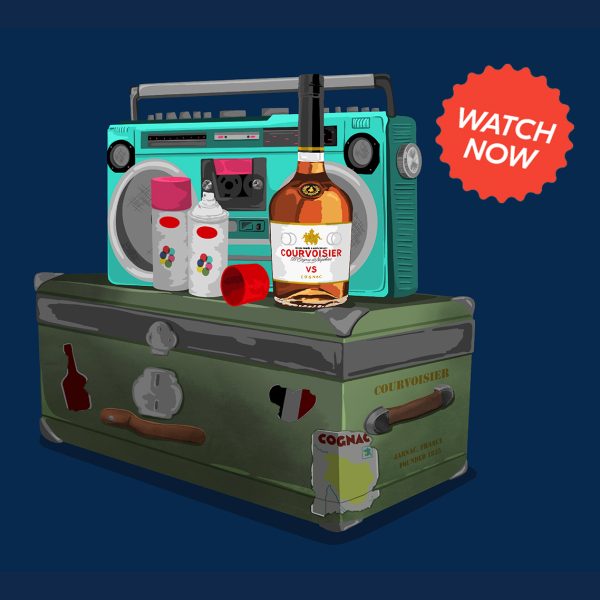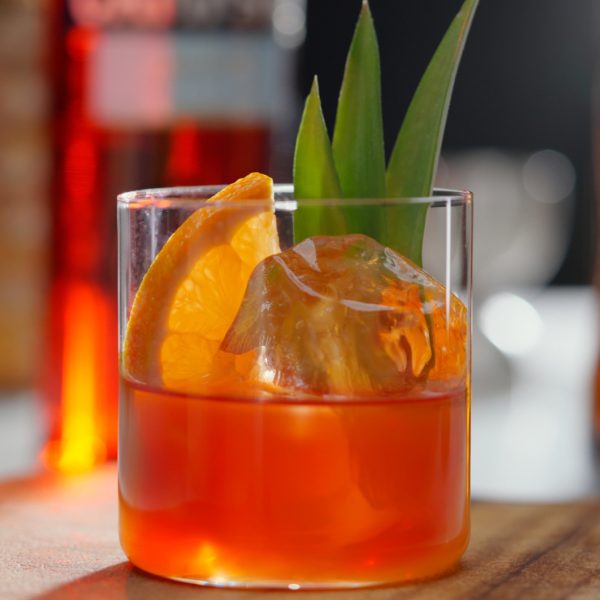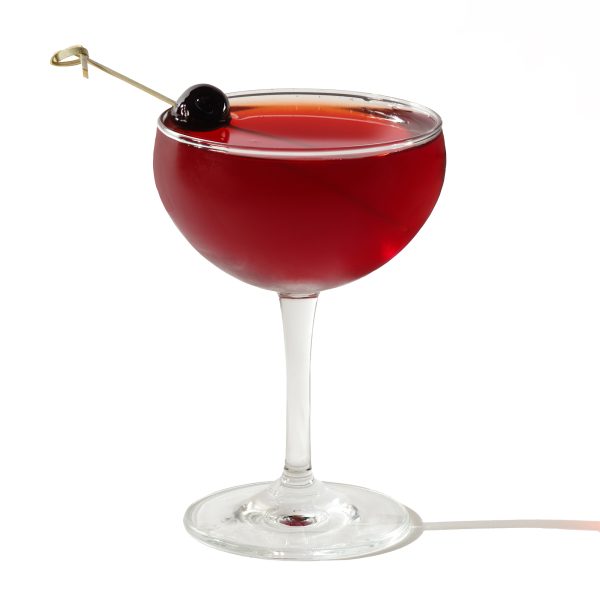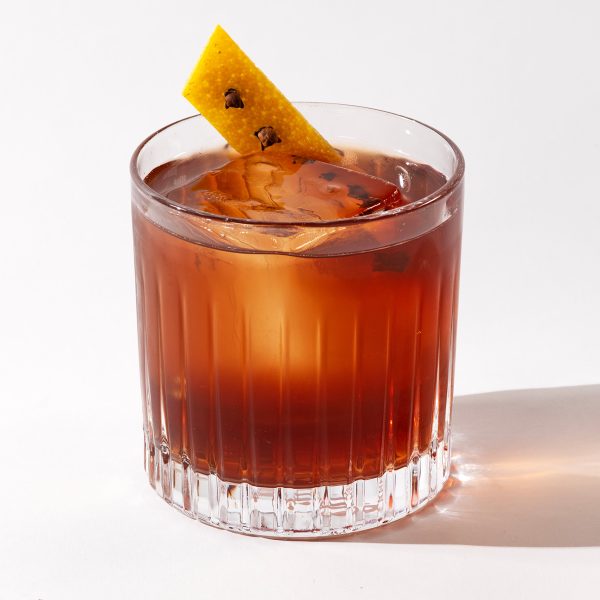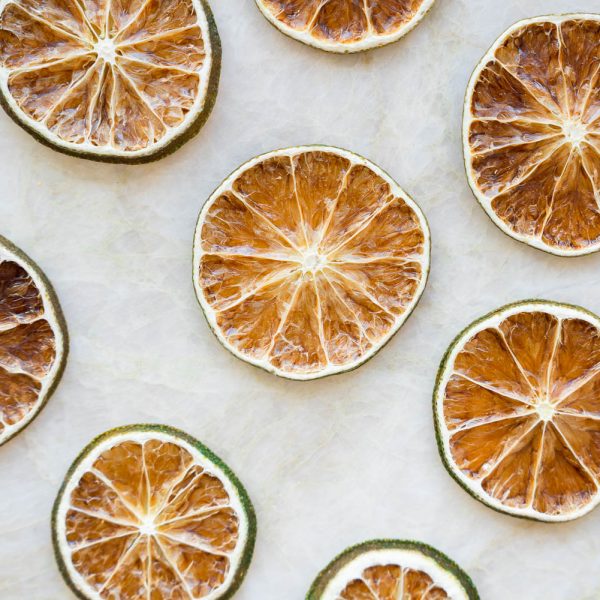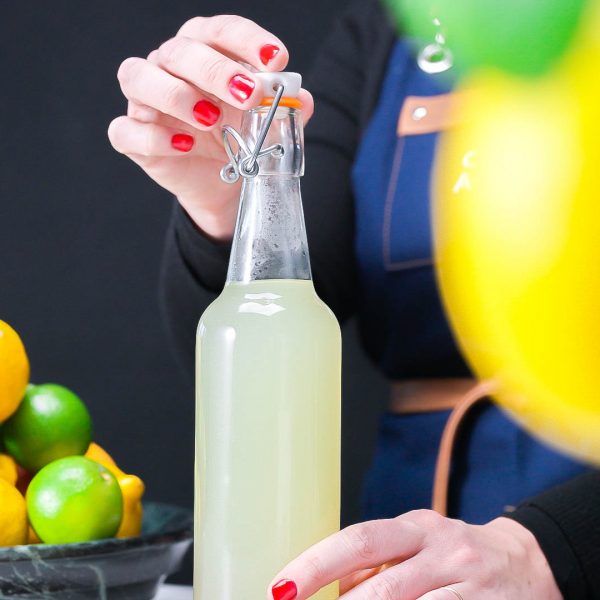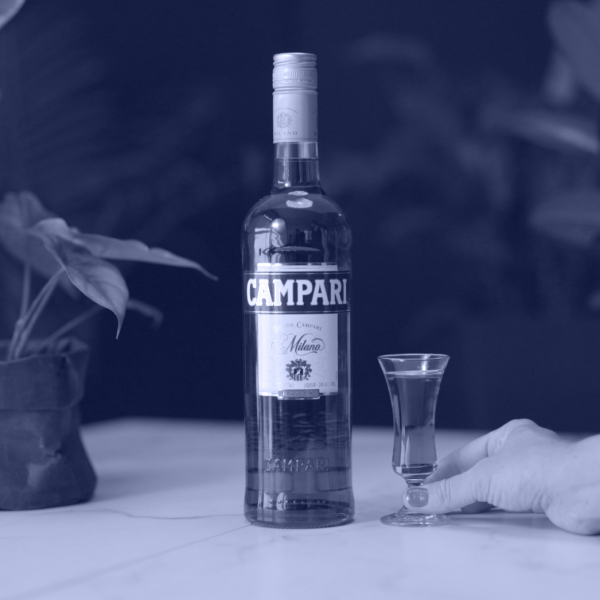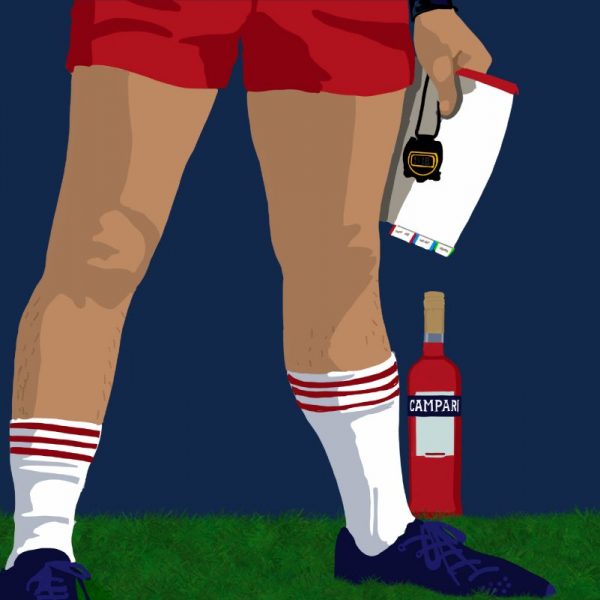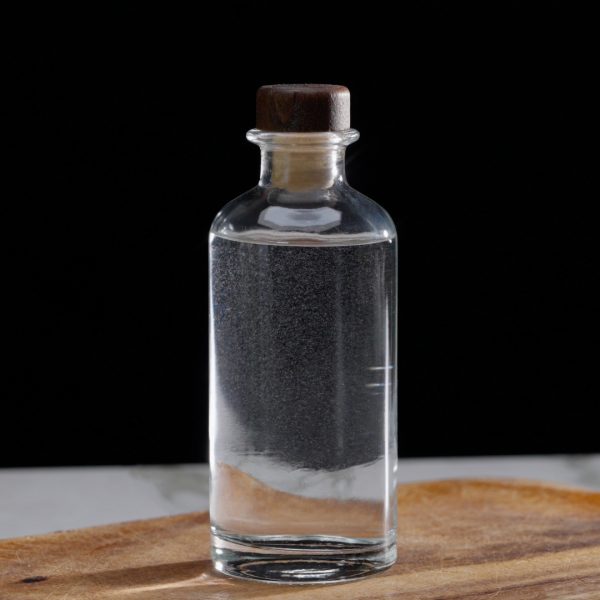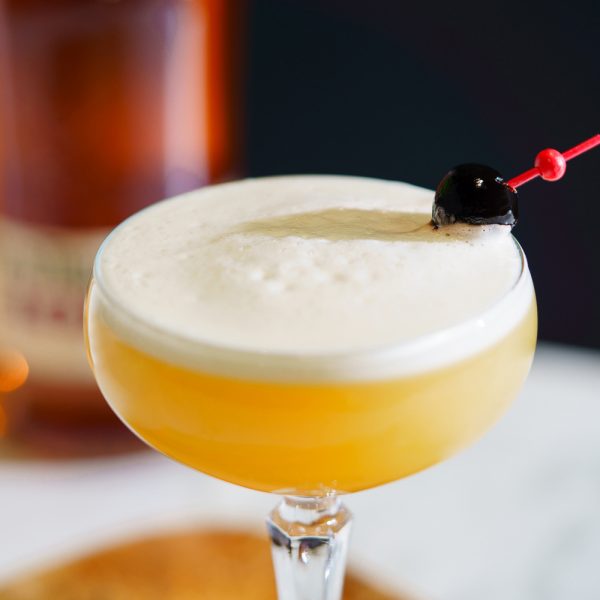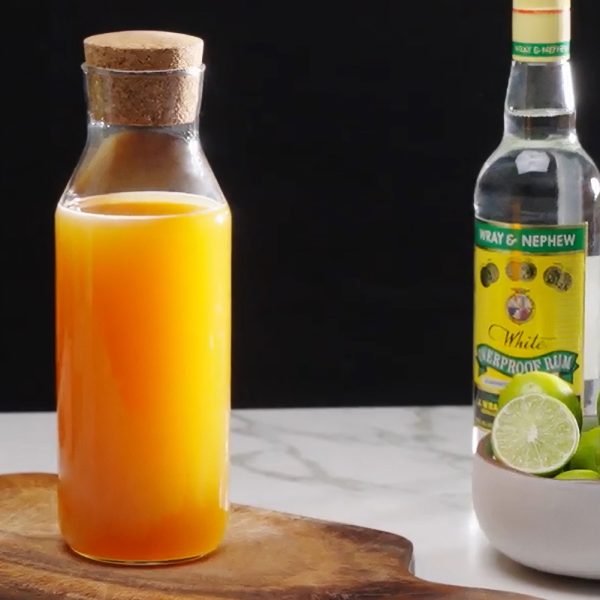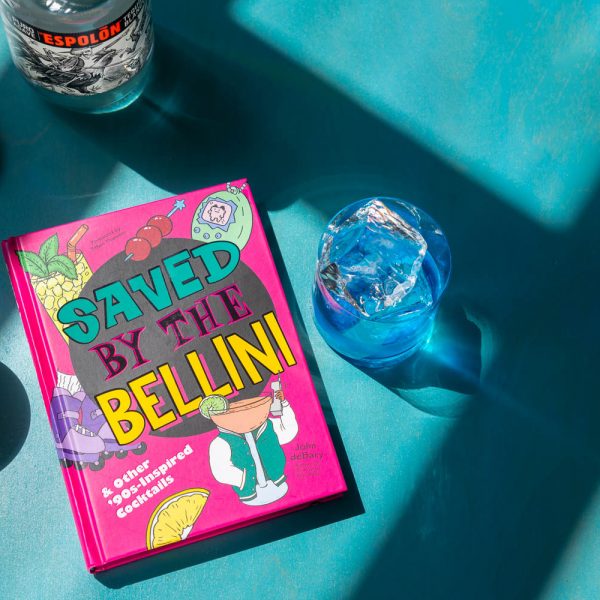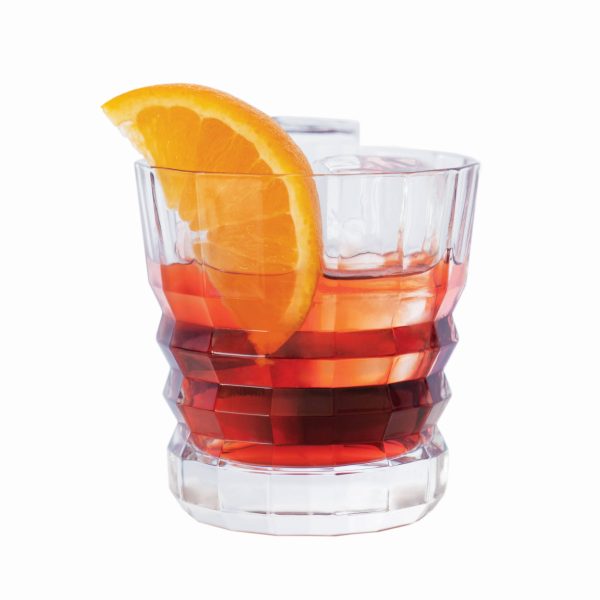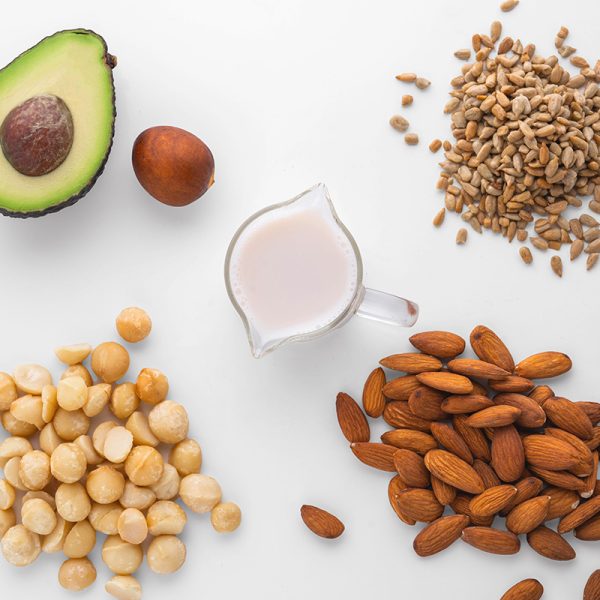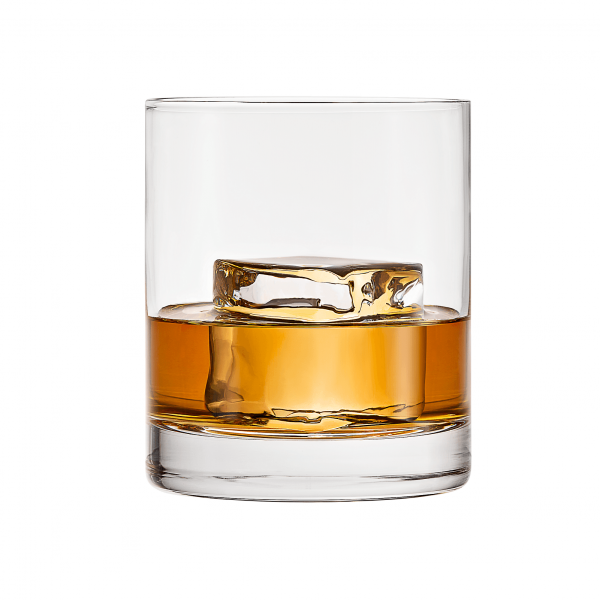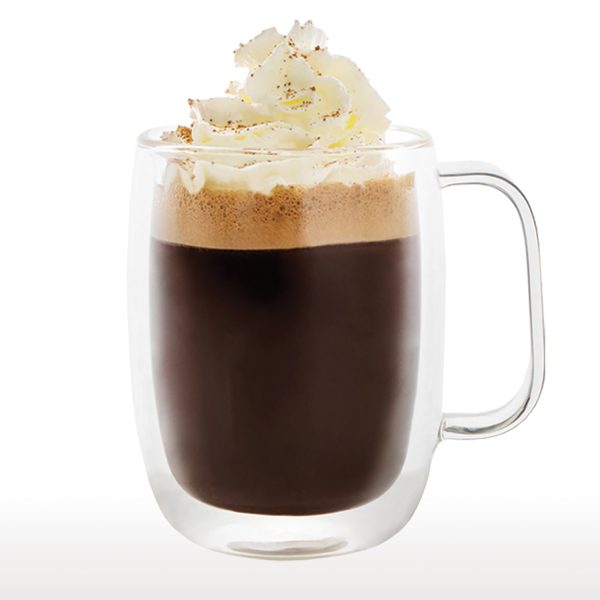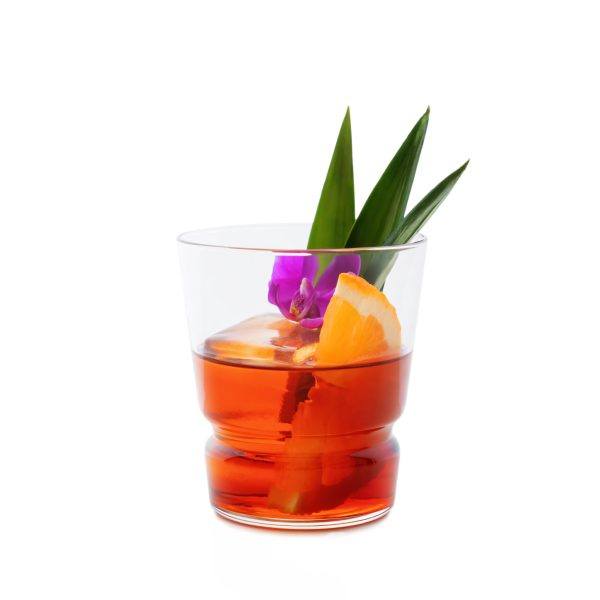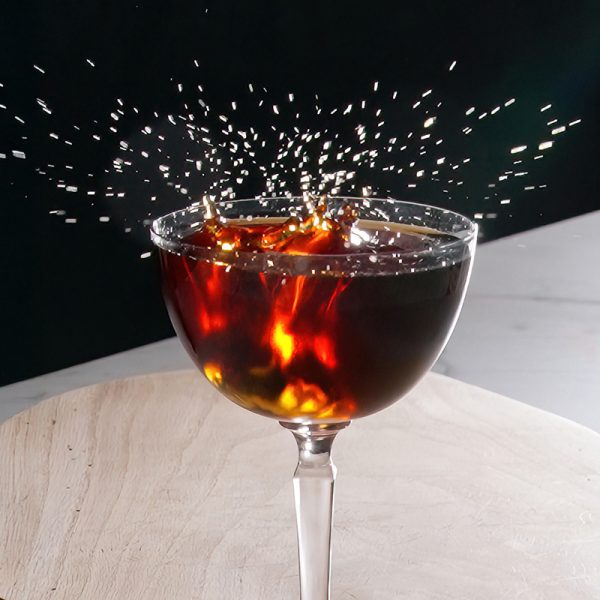What is Mouthfeel and Why Does it Matter?
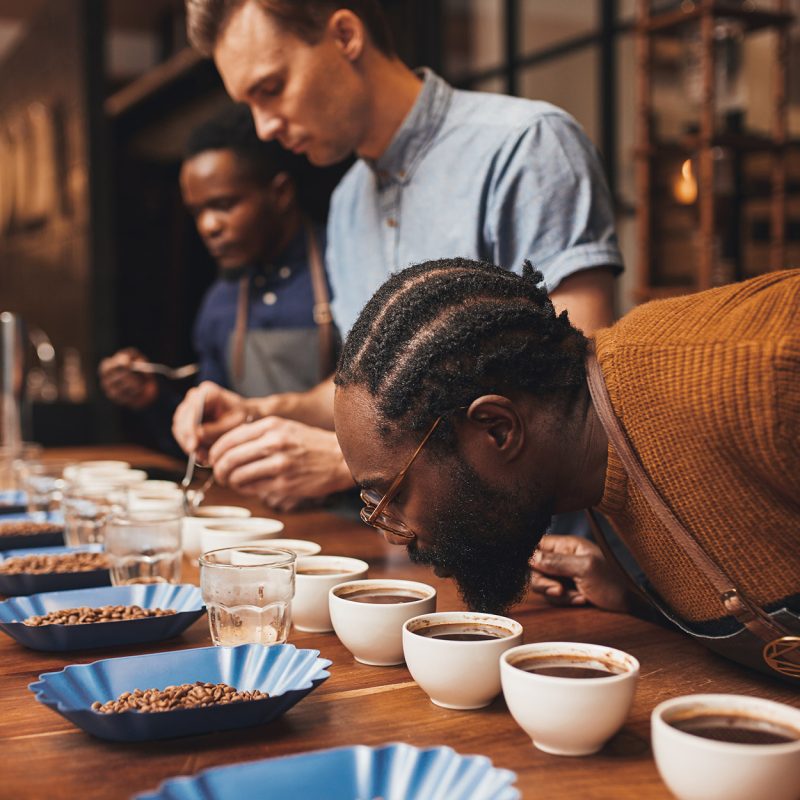
A barista champion’s tips for building your mouthfeel vocabulary, plus a simple but effective training exercise.
By Laila Ghambari.
Over two decades, Laila Ghambari has held just about every position you can in the coffee world. Before settling into her current roles as a business owner, consultant, and educator, she became the US Barista Champion and was elected to the executive board of the Council for the Barista Guild. Follow her at @lailaghambari and visit one of her cafes next time you’re in PDX: guildercafe.com.
What is Mouthfeel?
Mouthfeel is more than just a sensation: it’s the tactile experience of a drink that can elevate or diminish its overall enjoyment. While flavor often steals the spotlight, mouthfeel is arguably just as important to the overall drinking experience and deserves consideration and attention.
Why Mouthfeel Matters for Bartenders
As bartenders, you’re not just mixing drinks; you’re curating experiences. The texture, weight, and feel of a drink in the mouth are integral to that experience.
Imagine serving a cocktail, only for the guest to find it too thin, too heavy, or overly astringent. Understanding mouthfeel allows you to anticipate these reactions and adjust your creations.
Most bartenders are used to judging a drink’s merits on flavor and aroma—but building your ability to understand and articulate mouthfeel allows you to craft more balanced and enjoyable drinks. For example, if a drink is too drying due to high alcohol content, adding an element that provides a coating sensation, like sugar or salt, can enhance the overall experience.
Words Are An Ingredient
Developing a robust mouthfeel vocabulary is a powerful tool for communication and education.
When developing new recipes, being able to lucidly describe a drink’s physical sensations not only offers another way to consider its overall impact, it helps you unlock problems of taste and aroma. Consider you are working on a new cocktail and the flavor is great but as a stirred, up serve, it’s too aggressive or uneven. It’s just not there. Being able to identify and describe these sensations enables you to better explore solutions. Would the drink work better shaken and served on the rocks, where increased aeration and dilution could tame the more aggressive notes? Or would clarifying it as a milk punch make for a more rounded, cohesive experience?
Want to describe your creations to entice customers and pique their interest? Learn to talk mouthfeel. You’ll craft more attractive menus and drop lines, and be able to better guide guests to the right option. When you can describe a drink’s mouthfeel with confidence, you’re not just showcasing your expertise—you’re enhancing your guest’s experience.
Key Terms for Describing Mouthfeel
In order to train this sense, it’s critical to develop your ability to communicate it. For that, you need a vocabulary!
When discussing mouthfeel, essentially you are talking about two experiences: the physical sensations (the tactile) and the liquid’s “weight” (the body).
TACTILE
This refers to physical sensations we experience when eating or drinking something. There are lots of tactile descriptors but they often fall into these categories:
- Coating: The way a banana coats your mouth as you eat it.
- Drying: When eating things like a biscuit, which remove moisture from your mouth.
- Contracting: Have you ever bitten into a lemon? It can provoke physical reactions and intense sensations.
BODY
This refers to qualities associated with the weight of a liquid. It generally breaks into three categories:
- Light: Watery, tea-like, silky, soft. Ex: green tea, non-fat milk, vodka.
- Medium: Smooth, syrupy, creamy. Ex: whole milk, salt water, reposado Tequila
- Heavy: Full, round, thick, coating, velvety, chewy. Ex: heavy cream, PX Sherry.
Mouthfeel Vocabulary List
Before starting your tasting exercise, here are some vocabulary words to help guide in communicating mouthfeel. Use them as a starting guide:
Gummy
Chewy
Tough
Hard
Crunchy
Soft
Harsh
Aggressive
Delicate
Irritating
Prickly
Stinging
Rough
Abrasive
Textured
Slippery
Slimy
Stringy
Uniform
Uneven
Wet
Moist
Sloppy
Dense
Airy
Drying
Arid
Scorched
Grainy
Chalky
Mouth Coating
Oily
Buttery
Smooth
Satin
Velvety
Training Your Palate: An Interactive Exercise
To sharpen your skills in identifying and describing mouthfeel, I’ve laid out an exercise using common kitchen liquids. This method, adapted from coffee industry practices, will help you break down different sensations and understand each one individually.
Activity: Solutions Tasting
Prep: Below are a series of tastings designed to isolate and identify various mouthfeel sensations. Prep the following solutions:
- Half & Half: (100g Distilled Water + 30g Half & Half)
- Olive Oil: (100g Distilled Water + 5g Olive Oil)
- Lemon Juice: (100g Distilled Water + 6g Lemon Juice)
- Salt: (100g Distilled Water + 0.5g Salt)
- Tea #1: (8 oz Distilled Water + 1 Tea Bag, steeped for 4 minutes)
- Tea #2: (8 oz Distilled Water + 1 Tea Bag, steeped for 15 minutes)
- Distilled Water (Control)
Instructions: Make each of these solutions and add to a glass. Take a sip of each one and make notes of the mouthfeel sensations that you experience, using your new vocabulary. Note both the tactile experience and the body. Drink from the control (water) in between sips to use as a comparison.
Closing Thoughts:
This exercise can be tested with all sorts of other beverages—Use everything you eat or drink as an opportunity to consider mouthfeel!
That could be as “official” as formally tasting through a category on your back bar, or simply contemplating your pre-shift drink, noting the rough and irritating qualities of the bubbles while enjoying its coating and slippy qualities. Happy drinking!



